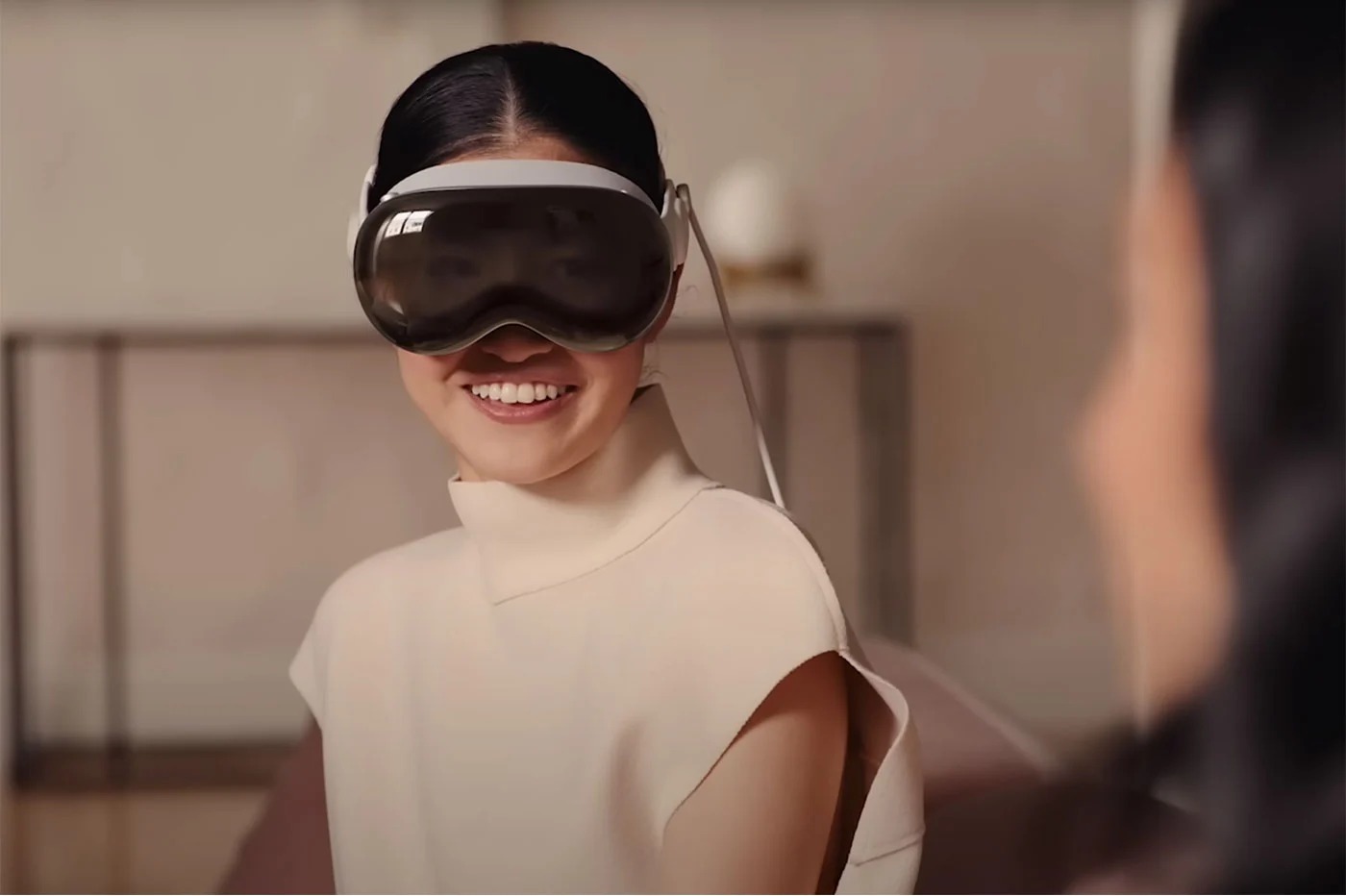- 16:45National program to enhance scientific infrastructure in Morocco
- 16:35Spain's response to U.S. tariffs on EU imports
- 16:10ONMT's strategic roadshow highlights Morocco's tourism potential in North America
- 16:03Erdogan files legal complaint against opposition leader over alleged insult
- 15:43Crackdown on counterfeit motor oil network in Casablanca’s outskirts
- 15:33Chinese citizens captured fighting for Russia in Ukraine raises global concerns
- 15:10Wydad-Raja derby: key details on match organization
- 15:08Musk's Doge Team Uses AI for Surveillance on Federal Employees
- 14:38Valls Considers Flexibility for Tourist Tax Based on Seasonality
Follow us on Facebook
Dissecting the Apple VR Headset: Unveiling the True Costs Beyond the Buzz
When Apple unveiled its inaugural foray into virtual reality (VR) with the Vision Pro headset last year, consumers were taken aback by its hefty $3,499 price tag. However, a recent report has illuminated the stark contrast between the actual production costs and the retail price, unraveling an intriguing narrative.
Through meticulous teardown analysis, market intelligence firm Omdia has approximated the total bill of materials for the Vision Pro to be approximately $1,500. Despite the incorporation of cutting-edge technology, this figure falls significantly short of the price charged to consumers.
The question arises: where does the surplus capital go? Manufacturing experts emphasize that the $1,500 estimate solely encompasses raw component expenses and disregards other indispensable outlays such as research and development, industrial design, software engineering, marketing endeavors, retail logistics, and, unequivocally, profit margins.
Records indicate that the Vision Pro achieved sales exceeding 200,000 units in its inaugural year on the market, translating to an approximate revenue of $700 million for Apple. This robust financial return underscores the viability of the investment.
Nonetheless, amidst predominantly unfavorable critiques highlighting issues such as discomfort and limited battery life, Apple appears cognizant of the imperative for refinement. Speculation suggests that a second-generation headset, characterized by enhanced portability, affordability, and user-friendliness, is in the pipeline to democratize access to this state-of-the-art platform.
The future will unveil whether Apple can furnish a VR encounter conducive to daily use at a price point palatable to a broader spectrum of households. For now, delving into the intricacies of the financial landscape provides a glimpse into the multifaceted dynamics that transmute innovative technology into a lucrative enterprise.





Comments (0)